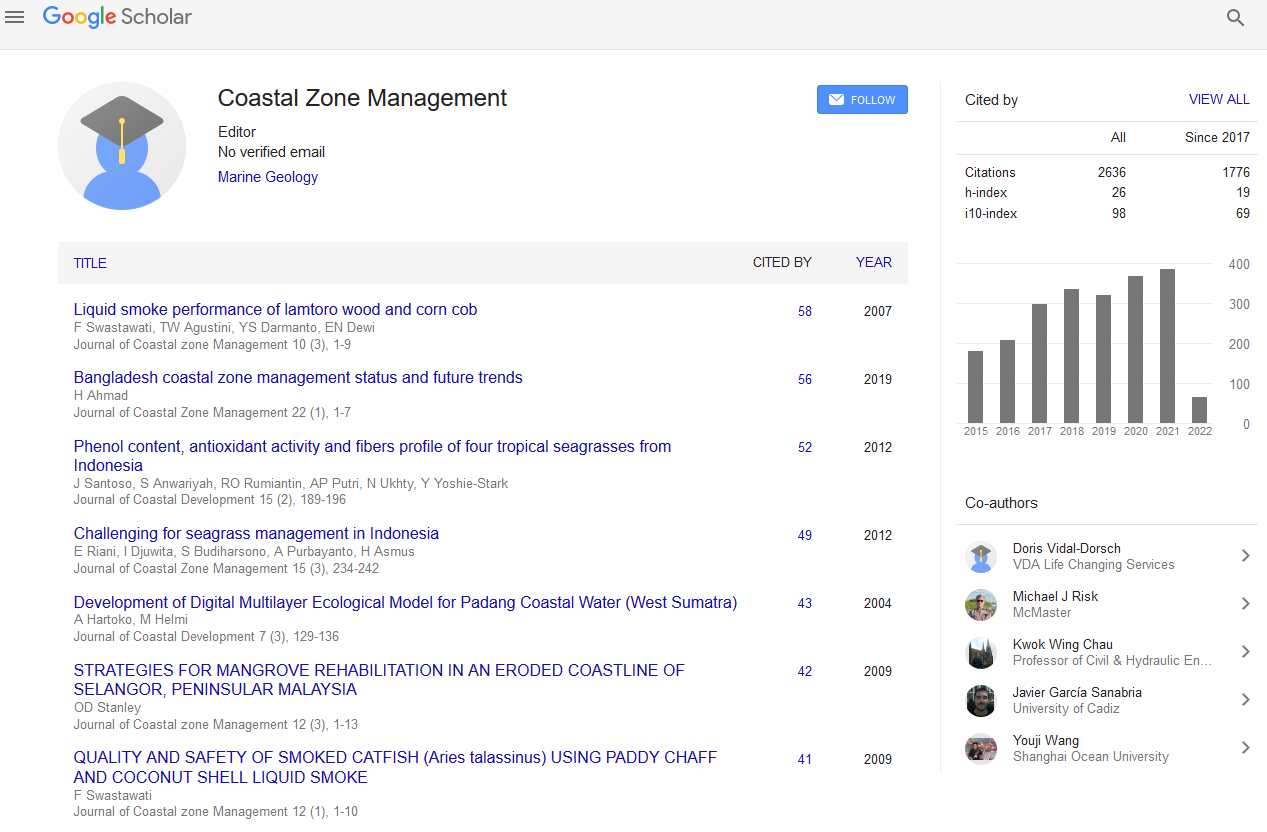Indexed In
- SafetyLit
- RefSeek
- Hamdard University
- EBSCO A-Z
- OCLC- WorldCat
- Publons
Useful Links
Share This Page
Journal Flyer

Open Access Journals
- Agri and Aquaculture
- Biochemistry
- Bioinformatics & Systems Biology
- Business & Management
- Chemistry
- Clinical Sciences
- Engineering
- Food & Nutrition
- General Science
- Genetics & Molecular Biology
- Immunology & Microbiology
- Medical Sciences
- Neuroscience & Psychology
- Nursing & Health Care
- Pharmaceutical Sciences
Abstract
A Novel Woodchip-Gasification Process for Clean Syngas Feeding of Dual-Fuel Diesel Gensets
Ferruccio Pittaluga,
Starting from 2011, the innovative SME Tecnoforest Ltd. (formerly an academic spin-off of the University of Genoa) has addressed its activity towards the testing of existing, and the development of new, small-scale woodchip gasification technologies aimed at assuring electric and thermal self sufficiency to rural enterprises of the forestry and farming sectors (www.tecnoforest.wordpress.com). On the other hand, the high pollutants content of their products (syngas and biochar), common to both downdraft and updraft gasifiers, has become apparent as the main obstacle preventing, in absence of hardly affordable abatement provisions, a widespread penetration in both the agricultural and renewable-energy sectors.
Thanks to the novel ‘batch’ gasification process recently developed at Tecnoforest Ltd., a tar-free syngas is released from gasifier’s top nozzle, whilst a solid residue made up of a highly clean biochar is produced at the bottom, at all suitable, as attested by official certification, for both agronomic and other, quite diversified, applications. The said process takes place, in batch modality, within a reactor provided by tilting capability so to allow discharging the hot biochar at the end of the process, after which a new ‘gasification cycle’ can immediately re-start. Details are given in refs. [6,7]. The name of the biochar-producing gasifier is SynChar: it is available for online purchase at website [8].The same basic process, which in SynChar relies on natural convection, can be converted to forced-air continuous operation by providing the reactor with a bottom air-blower as well as a side-mounted woodchip feeder, i.e. a hopper-auger motorized unit. In this case, the tar-free syngas can be fed to a water-heater burner or conveyed to an air unit-heater. Most suited applications would be for greenhouse heating, maybe even with the distinct advantage of allowing to induce carbonic fertilization of the ambient-air, to be, of course, limited to sunshine hours. If the woodchips’ dimensions are kept in the range of 1 to 3 cm and their humidity content does not exceed 25%, the gasification process turns out quite efficient, as attested by a remarkably low solid residue, just made up of clean ash. The name of the syngas-generator for thermal applications is SynBurner: its main characteristics with detailed performance data are presented in refs.[6,7]. It too is available for online purchase at website [8].
The blower-driven, slightly pressurized, gasification process taking place in reactor SynBurner has been recently re-engineered into a suction- operated configuration. This latter modality, except for the pressure (now lower than atmospheric) largely resembles, in design and functionality, the former counterpart, but, most importantly, it allows in this way to directly fuel stationary internal combustion engines for combined heat-and- power generation (CHP). The reactor which implements the above provision has got the name of SynGen: one of its distinct features, really unique in the present technological scenario of woodchip gasifiers, is that of being suitable to feed with syngas not just spark ignition engines but also compression ignition (diesel) engines. Actually it is just this latter modality which is presently being pursued at Tecnoforest Ltd. In the simpler case, the diesel engines are typically of the dual-fuel typology, wherein the air is premixed with syngas ahead of the intake valve and a small quantity of liquid fuel (e.g. waste vegetable oil) is injected just for ignition purposes. A most peculiar, although really challenging, alternative modality, presently under investigation, relies on the intent of increasing the syngas self-ignition tendency, i.e. its cetane number, by inducing an early stage of a gas-to-liquid FP reaction (Fischer-Tropsch) thanks to the catalytic effect of oxidized iron wool encountered by the syngas stream just before being premixed with air. Further experimentation is still needed in order to verify, in addition to the just discussed ignition properties (in both above cases,
i.e. ‘dual-fuel’ as well as FP modalities), the attainment of ‘engine grade’ quality for the syngas. This latter issue does not refer to tar presence, since its concentration has been definitely ascertained as very low, rather to the possible entrainment of char fine particulate within the syngas stream. To tackle this issue a very efficient multi-vortex cyclone separator has been installed ahead of engine intake.
Under many aspects, reactor SynGen appears as quite a peculiar ‘appropriate innovation’: indeed, it succeeds in overcoming the well known limitations of standard downdraft (and updraft) gasifiers without resorting to a more complex design, rather, by implementing a strong simplification of the technology. In this way, the poor syngas quality and the tedious, frequent maintenance needs typically encountered when operating standard gasifiers, turn out properly fixed with SynGen technology thanks to a very simple design and an extremely robust structure. Most important features which counteract the formation of pyrolytic pollutants within the syngas are the ‘floating hearth’ provision and the small volume, inside the reactor, occupied by the woodchip column [6,7]. Recently, at Tecnoforest Gasification Lab, all the above aspects related to reactor SynGen, in particular its remarkable reliability in safely sustaining continuous operation for extended time periods, have been deemed adequate to justify the feeding of its produced gas into a diesel engine driving an electric generator. The power generating unit is now undergoing performance tests which will be reported and discussed in the detailed presentation.
Published Date: 2020-10-20;

